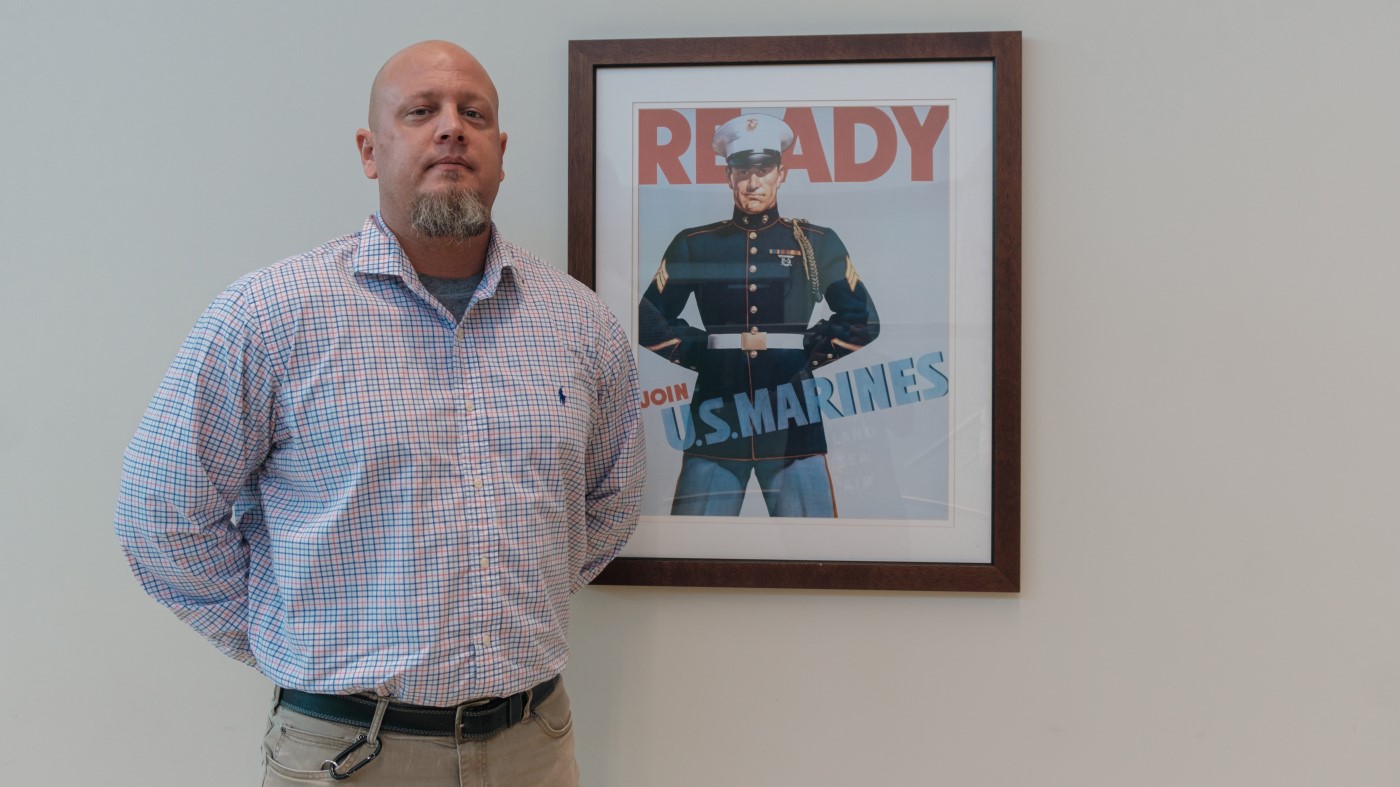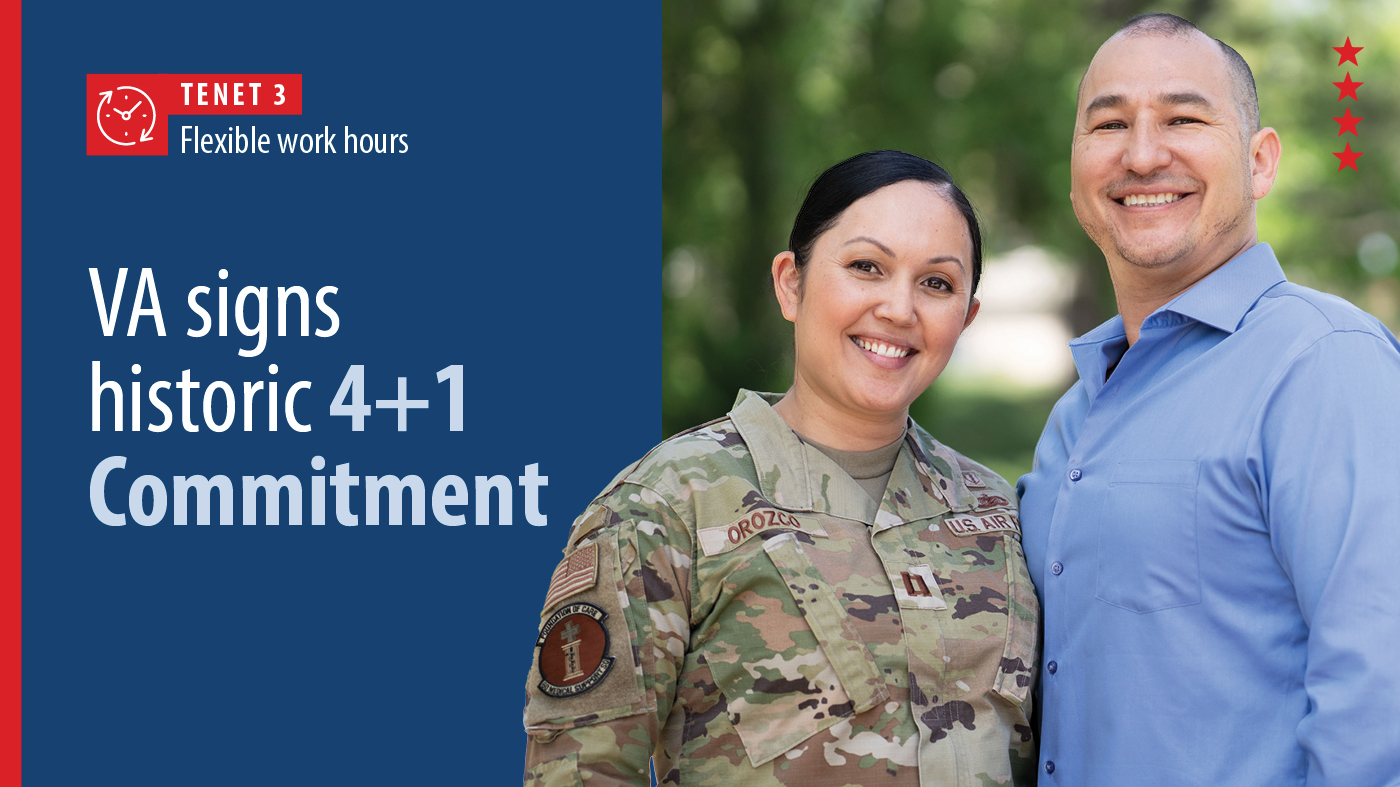Nurses are the backbone of VA’s health system and make a profound impact on the lives of Veterans every day, just as they have for the last 100 years. As you consider a career in nursing with VA, take a look at how our nurses have established a legacy of service and advancement throughout the decades.
- In 1921, about 1,400 hospital nurses were transferred from the nation’s Public Health Service to the new Veterans’ Bureau (the predecessor to VA), paving the way for nursing at VA as we know it today. The move was necessitated by a need for long-term care as the bureau focused on its Veteran patients.
- The modern nursing service took its present shape in 1930, when three federal agencies responsible for Veterans programs consolidated into the new Veterans Administration, and around 2,500 registered nurses went to work for VA.
- During World War II, approximately 1,000 student cadet nurses were assigned to VA hospitals, spending 6 months or more of their academic programs gaining clinical nursing experience. Meanwhile, about 1,000 registered nurses were among the more than 7,000 VA employees who left to join the armed forces during the early years of the war.
- As 1950 arrived, VA’s first chief of nursing education was appointed, leading to the decade’s focus on continuing education ongoing to this day. Affiliations with schools of nursing expanded, resulting in a steady growth in the number of nursing students receiving VA clinical experience.
- In 1963, our nursing service was first in the profession to establish a position for doctoral-prepared nurse researchers, formalizing the research function within the service.
- By 1973, nurses were performing a wider variety of health care functions than ever before throughout VA. They were delegated authority to function as primary providers of Veteran care while working closely with physicians and other members of interdisciplinary teams. That same year, 43 nurse practitioner positions were added to improve patient care in admissions areas – the first major use of nurse practitioners in VA.
- Recruiting and retention became a key focus of the nursing service in the 1980s, a response to the regional and national nurse shortages that characterized the decade. We instituted a wide range of scholarship and tuition assistance programs to attract new nurses and boost employee career commitment.
- At the start of the 1990s, some 2,300 VA nurses were in the ready reserve of the U.S. Armed Forces at the time of the Persian Gulf crisis. More than 600 were called to active duty, and another 300 were put on alert status.
- In 2005 and 2006, VA nursing staff responded to hurricanes Katrina and Rita, assisting with evacuation and continuing care of hundreds of VA hospital patients. The service partnered with other federal agencies to establish and provide care at shelters in Texas.
- In the modern era, over 112,000 nurses support the mission of the VA health care system by providing state-of-the-art, cost-effective nursing care to patients and families as they respond to health and illness.
Work at VA
As you plan to join our team, you now know that you’ll be part of a century-long tradition of professionalism and advancement that no other organization can beat.
- EXPLORE a career with VA.
- LEARN why nurses choose VA.
- FIND answers to questions about our nursing program.
- APPLY for an open position near you.
NOTE: Positions listed in this post were open at the time of publication. All current available positions are listed at USAJobs.gov.
Topics in this story
More Stories
There’s a time and a place (and a way) to reach out to recruiters during the application process. Find out the best way to reach out with our helpful tips.
Even as we serve Veterans, we want Veterans like you to join our team, because you understand the value of serving those who served.
VA is implementing the historic 4+1 Commitment to attract, hire, and retain military spouses. Learn more about this commitment and a key tenet, VA’s commitment to flexible work hours for military spouses.






